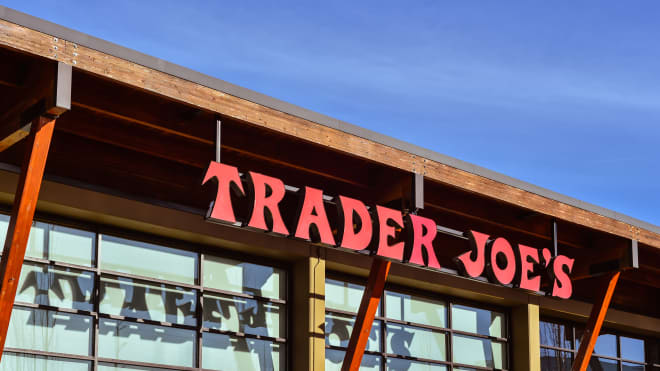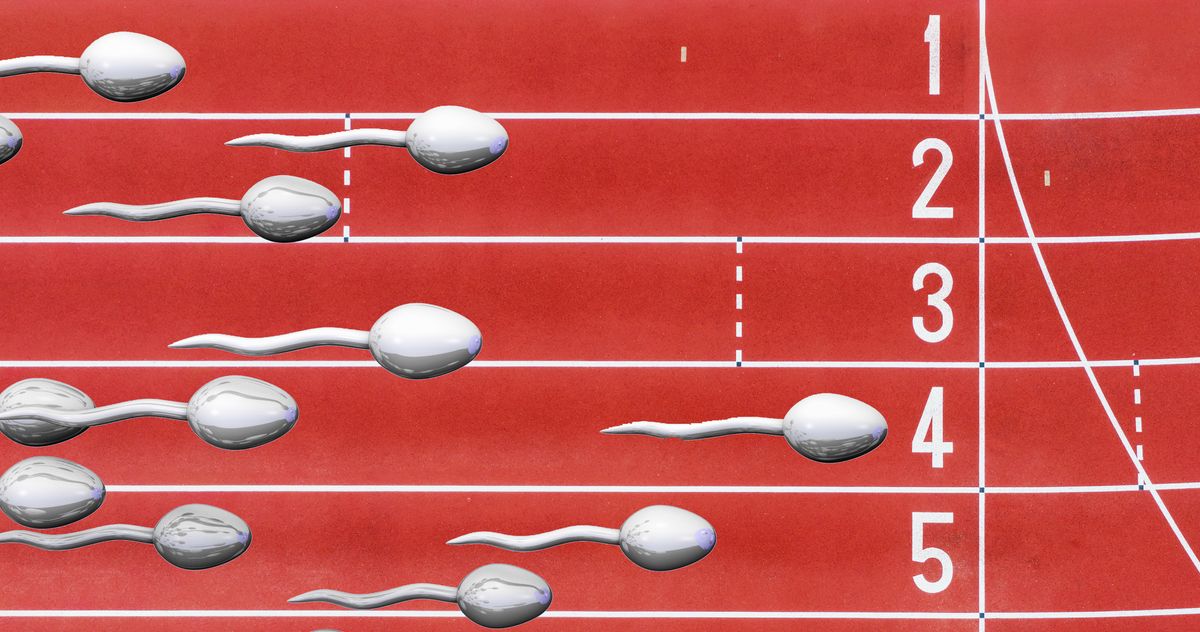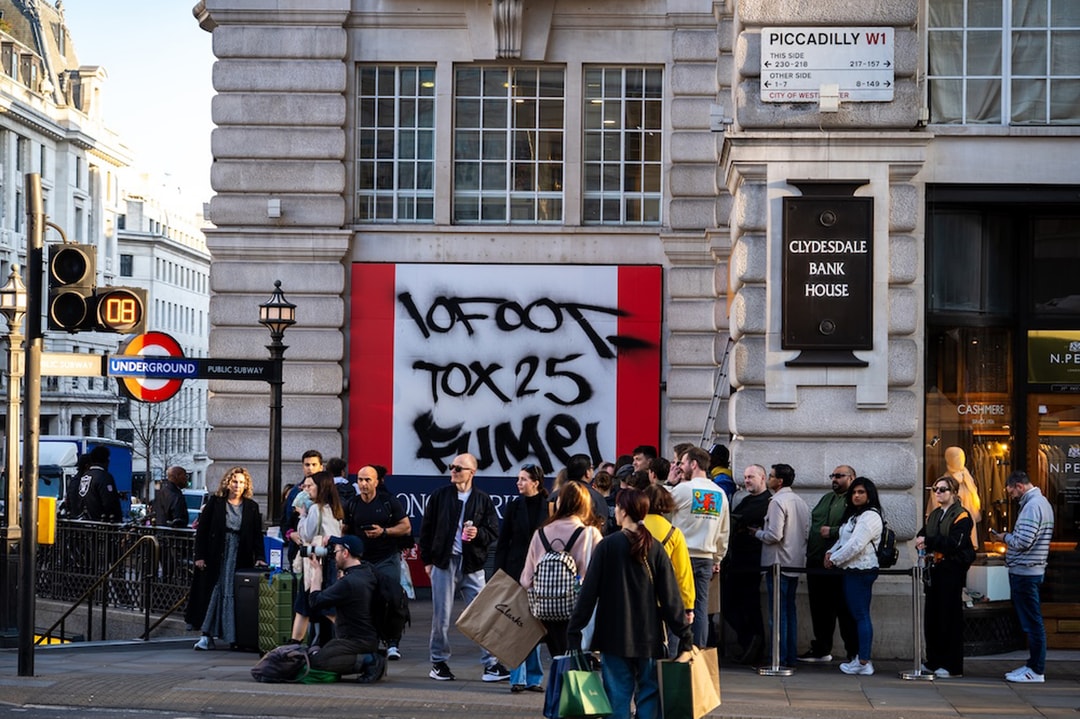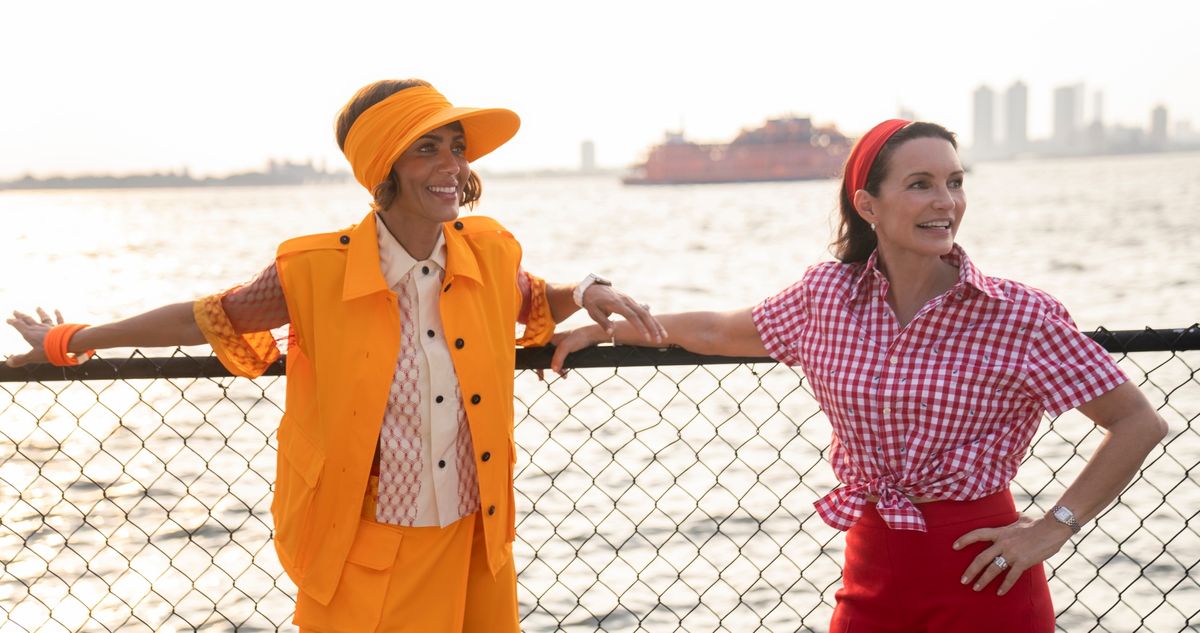From Castles to Canals: 4 Epic European River Cruises
BY LAURA KINIRY Europe’s Rhine, Moselle, Seine, and Danube rivers bring many of the continent's most timeless landmarks and best-kept secrets front and center, as they wind past rolling vineyards and impressive fortress ruins, utilizing remarkable feats of engineering as they go. Avalon Waterways offers four curated cruises that highlight the fabled landscapes and one-of-a-kind attractions along these rivers, reflecting the unique and varied heritage of countries like Hungary, Germany, France, and Luxembourg. From an “urban forest” of modernist cube housing to the classic château where painter Vincent Van Gogh lived his final days, here are four cruise routes and itineraries showcasing some of central and western Europe’s finest riverside wonders. CRUISE ROUTE 1: Tulip Tours Amsterdam - Explore Holland's Colorful Gardens AMSTERDAM, NETHERLANDS Beth Haim Cemetery As the oldest Jewish cemetery in the Netherlands, Beth Haim has become the final resting place for the local Jewish community dating back to the early 1600s. Its name means “House of Life,” and many of the grave markers feature elaborate illustrations and descriptions that share the stories of those buried here: rabbis, diplomats, and even the parents of the Dutch philosopher Baruch Spinoza. The tombstones have inscriptions in three languages—Portuguese, Dutch and Hebrew—which is unusual for a Jewish cemetery, and a lot of the graves themselves (there are more than 28,000 of them) belong to Sephardic Jews, whose ancestors came from Spain and Portugal. For a deeper delve into the history of Beth Haim and its eternal residents, download the Beth Haim app, which offers a range of guided routes through the cemetery. ROTTERDAM, NETHERLANDS Cube Houses Both architecturally innovative and incredibly eye-catching, Rotterdam’s string of bright yellow cube houses stretch over the city’s four-lane Blaak Street as a testament to creativity. Architect Piet Blom designed these single-family homes—each tilted at an abnormal 55 degree angle—in the 1970s as a way to connect two small residential plots. There are 38 regular cube houses and two “super-cubes” in total, each one held by a hexagonal pillar to resemble an abstract tree in a larger urban forest. Together, they’re a registered city landmark and synonymous with the city. For a look at what they’re like inside, pay a visit to Rotterdam’s Kijk-Kubus Museum-house. ANTWERP, BELGIUM Kulminator All it takes is a quench for thirst to enter Antwerp’s eccentric-yet-snug space for beer lovers. Run by proprietors Dirk Van Dyke and Leen Boudewijn, an elderly husband and wife team, this cluttered dive bar hosts a treasure trove of brews, many of them vintage and difficult to come by elsewhere. Belgian beers, especially the Trappist varieties like creamy dubbels and spicy tripels, are the true specialties here, although there are also daily tap offerings (including new releases) and pages upon pages of bottled brews from around the globe. Kulminator serves up meats and cheeses for dining while you imbibe and features a selection of board games, but the bar’s real calling card remains its extensive beer collection and the couple’s vast brew knowledge. GHENT, BELGIUM Gravensteen Although constructed in the 12th century as a symbol of power by Count Philip of Alsace, this imposing medieval fortress is much more notorious for the unspeakable atrocities that occurred within its walls. Gravensteen served as the seat of the Counts of Flanders until the 14th century, when it then became a courthouse and later a prison. For many years it prisoners were held here in gruesome, unlivable conditions, including windowless interrogation rooms where they underwent a wealth of horrendous torture methods. In need of repair and with the memories of its horrors still soiling the castle’s reputation, the medieval structure was almost demolished in the late 19th century. Thankfully a group of preservationists saved and restored it. Today Gravensteen is Flanders’ only remaining castle from the Middle Ages that still has a moat and a good portion of its original defense system. Audio tours that include the castle's gatehouse, ramparts, and counts’ residence—with an overview of the region’s medieval history—are available to visitors. They also feature a few remaining pieces of torture equipment, displayed behind a plexiglass barricade in what used to be the castle’s pantry. CRUISE ROUTE 2: The Rhine & Moselle: Canals, Vineyards and Castles REMICH, LUXEMBOURG Remich Remich is Luxembourg’s smallest commune (a type of administrative subdivision), one that sits on a border triangle with both France and Germany. Today, this former medieval fortification is known as the “pearl of the Moselle,” so named for its historic streets, surrounding vineyards, and hikable hillsides. Take a stroll along Remich’s nearly two-mile-long riverside promenade, or pay a visit to the Remich European Museum, a small space dedicated

BY LAURA KINIRY
Europe’s Rhine, Moselle, Seine, and Danube rivers bring many of the continent's most timeless landmarks and best-kept secrets front and center, as they wind past rolling vineyards and impressive fortress ruins, utilizing remarkable feats of engineering as they go. Avalon Waterways offers four curated cruises that highlight the fabled landscapes and one-of-a-kind attractions along these rivers, reflecting the unique and varied heritage of countries like Hungary, Germany, France, and Luxembourg. From an “urban forest” of modernist cube housing to the classic château where painter Vincent Van Gogh lived his final days, here are four cruise routes and itineraries showcasing some of central and western Europe’s finest riverside wonders.
CRUISE ROUTE 1:
Tulip Tours Amsterdam - Explore Holland's Colorful Gardens

AMSTERDAM, NETHERLANDS
Beth Haim Cemetery
As the oldest Jewish cemetery in the Netherlands, Beth Haim has become the final resting place for the local Jewish community dating back to the early 1600s. Its name means “House of Life,” and many of the grave markers feature elaborate illustrations and descriptions that share the stories of those buried here: rabbis, diplomats, and even the parents of the Dutch philosopher Baruch Spinoza. The tombstones have inscriptions in three languages—Portuguese, Dutch and Hebrew—which is unusual for a Jewish cemetery, and a lot of the graves themselves (there are more than 28,000 of them) belong to Sephardic Jews, whose ancestors came from Spain and Portugal. For a deeper delve into the history of Beth Haim and its eternal residents, download the Beth Haim app, which offers a range of guided routes through the cemetery.
ROTTERDAM, NETHERLANDS
Cube Houses
Both architecturally innovative and incredibly eye-catching, Rotterdam’s string of bright yellow cube houses stretch over the city’s four-lane Blaak Street as a testament to creativity. Architect Piet Blom designed these single-family homes—each tilted at an abnormal 55 degree angle—in the 1970s as a way to connect two small residential plots. There are 38 regular cube houses and two “super-cubes” in total, each one held by a hexagonal pillar to resemble an abstract tree in a larger urban forest. Together, they’re a registered city landmark and synonymous with the city.
For a look at what they’re like inside, pay a visit to Rotterdam’s Kijk-Kubus Museum-house.
ANTWERP, BELGIUM
Kulminator
All it takes is a quench for thirst to enter Antwerp’s eccentric-yet-snug space for beer lovers. Run by proprietors Dirk Van Dyke and Leen Boudewijn, an elderly husband and wife team, this cluttered dive bar hosts a treasure trove of brews, many of them vintage and difficult to come by elsewhere. Belgian beers, especially the Trappist varieties like creamy dubbels and spicy tripels, are the true specialties here, although there are also daily tap offerings (including new releases) and pages upon pages of bottled brews from around the globe. Kulminator serves up meats and cheeses for dining while you imbibe and features a selection of board games, but the bar’s real calling card remains its extensive beer collection and the couple’s vast brew knowledge.
GHENT, BELGIUM
Gravensteen
Although constructed in the 12th century as a symbol of power by Count Philip of Alsace, this imposing medieval fortress is much more notorious for the unspeakable atrocities that occurred within its walls.
Gravensteen served as the seat of the Counts of Flanders until the 14th century, when it then became a courthouse and later a prison. For many years it prisoners were held here in gruesome, unlivable conditions, including windowless interrogation rooms where they underwent a wealth of horrendous torture methods.
In need of repair and with the memories of its horrors still soiling the castle’s reputation, the medieval structure was almost demolished in the late 19th century. Thankfully a group of preservationists saved and restored it. Today Gravensteen is Flanders’ only remaining castle from the Middle Ages that still has a moat and a good portion of its original defense system. Audio tours that include the castle's gatehouse, ramparts, and counts’ residence—with an overview of the region’s medieval history—are available to visitors. They also feature a few remaining pieces of torture equipment, displayed behind a plexiglass barricade in what used to be the castle’s pantry.
CRUISE ROUTE 2:
The Rhine & Moselle: Canals, Vineyards and Castles

REMICH, LUXEMBOURG
Remich
Remich is Luxembourg’s smallest commune (a type of administrative subdivision), one that sits on a border triangle with both France and Germany. Today, this former medieval fortification is known as the “pearl of the Moselle,” so named for its historic streets, surrounding vineyards, and hikable hillsides. Take a stroll along Remich’s nearly two-mile-long riverside promenade, or pay a visit to the Remich European Museum, a small space dedicated to the history and significance of the 1985 Schengen agreement, which essentially abolished most of the borders in Europe. (The museum is closed for refurbishing until June 2025.)
Remich’s cobblestoned old town includes remnants of its ancient fortress, including Porte Saint Nicolas, a gate honoring the patron saint of fishermen, and narrow, history-lined alleyways like St Cunibert Street—named after the town's patron saint, the ninth bishop of Cologne, who was born here in 590.
COCHEM, GERMANY
Cochem Castle
As the largest castle along the Mosel River, this hilltop polygonal fortress occupies a prominent perch 300 feet above the waterfront, overlooking Cochem’s surrounding valleys and vineyards. Although French troops destroyed the original structure in the 17th century, its remains still exist within the walls of today’s late-19th-century neo-gothic style restoration. This includes the castle’s four-story Octagonal Tower—known for its 12-foot-thick walls—which stands at its center, and the Hexenturm, or witches’ tower, a prison so named for its role in witch trials. Guided tours include a visit to the castle’s Knight’s Hall and the Trophy room, which include early Renaissance and Baroque furnishings such as a hand-carved, 16th-century wardrobe.
COLOGNE, GERMANY
St. Petersglocke in Cologne Cathedral
Affectionately called “decker Pitter” (fat Peter) by Cologne’s residents, St. Petersglocke (Saint Peter's Bell) is one of the largest free-swinging bells on the planet. This 53,000-pound iron monstrosity hangs in the belfry of Cologne Cathedral’s south tower, replacing the Kaiserglocke: a prior bell that was melted down to support Germany’s war effort during World War I.
St. Petersglocke has been ringing since 1923. However, due to its enormous weight and size—it’s more than 10 feet in diameter and over 10 feet tall—finding a person to cast it proved difficult. There had been a history of multiple people going bankrupt while trying to cast a similar bell, once that could be both massive and harmonious. Eventually Heinrich Ulrich in Apolda took on the challenge, casting an incredible instrument that strikes in a nearly perfect C. Today it’s believed to be the lowest-pitched freestanding bell in the world.
The bell is only rung on special occasions, like when declaring a new Pope, important feast days, and significant events like the reunification of Germany in 1990. Visitors to the cathedral can climb the stairs to the belfry for an up-close look at the enormous object.
RÜDESHEIM AM RHEIN, GERMANY
Niederwald Monument
Based on plans by Dresden sculptor Johann Schilling, Niederwald Monument is a colossal artwork commemorating the Unification of Germany following the Franco-Prussian War. The 125-foot, 75-ton structure stands high on a hillside overlooking the winding Rhine Gorge, at the entrance to the UNESCO World Heritage Upper Middle Rhine Valley. It was built between 1871 and 1883, and features the 34-foot-tall figure of Germania—who represents unity—at its center. She stands above the monument’s massive relief and a depiction of German emperor Kaiser Wilhelm I (who laid the statue’s first stone) astride a horse. To his left is a figurative motif representing war, while on his right is one that nods to peace. Lyrics to the German anthem “Die Wacht am Rhein” (Watch on the Rhine) are engraved on the monument as well.
Visitors can access the monument via the Rüdesheim cable car, a two-person gondola that rises above the surrounding vineyards and provides panoramic views of the Rhine River.
CRUISE ROUTE 3:
Timeless Rivers of Europe: the Rhine and Seine

NORMANDY, FRANCE
Caudebec-en-Caux
With a name that derives from the old Danish kaldr bekkr, which means cold stream, Caudebec-En-Caux is a former stand-alone commune—a type of administrative division that’s similar to a township in the US—that’s now a part of the new commune of Rives-en-Seine. Nazi bombs destroyed over 80 percent of Caudebec in 1940, though its 15th-century Cathedrale de Caudebec-En-Caux, a late Gothic masterpiece (King Henry IV called it the most beautiful church in his kingdom), was one of the few buildings to survive. Many of its stained glass windows are original.
Don’t miss the stunning arched windows and gothic façade of Maison des Templiers. It’s one of the oldest buildings in Normandy, dating back to the 12th century. While a local museum on site is currently undergoing restoration, there’s an artisan shop stocked with purchasable ceramics, jewelry, and leather goods that remains open.
Caudebec also happens to be the birthplace of the waterproof hat, an accidental invention that has to do with a felt maker’s case of syphilis and the mercury that was used to treat it.
ROUEN, FRANCE
Tower of Joan of Arc
The medieval tower where Joan of Arc was kept prisoner and interrogated before being burned at the stake in 1431 is all that remains of Normandy’s Rouen Castle. After Burgundian troops captured the French heroine at the Siege of Compiègne, which took place during the Hundred Years’ War, they eventually brought her to the medieval fortress to face trial. Although the castle was demolished in the 16th century, the cylindrical tower remained, in poor condition, for hundreds of years. That is, until French architect Viollet-le-Duc—famous for his restoration of Notre Dame in the 19th century—helped restore it. Today, visitors can go inside to see the tiny room where she was held.
CONFLANS, FRANCE
Château d’Auvers
Delve into the world of Impressionist and Post-Impressionist art at this 17th-Century estate in the Paris countryside. Dutch painter Vincent Van Gogh spent the last 70 days of his life here, during which time he created over 100 artworks, including the 1890 piece, “Landscape with the Château of Auvers at Sunset.”
Built by Italian banker Zanobi Lioni in 1635, the classic château sits on 9 hectares surrounded by a series of French, Italian, and English ornamental gardens. Inside, visitors are treated to “The Impressionist Vision, Its Origins and Heritage,” an immersive multimedia exhibit that explores the history of the Impressionist era through a multitude of video and sound projections showcasing the works of artists like Van Gogh, Cézanne, Monet, and Gauguin, as well as the movement’s inspirations and offsprings.
PARIS, FRANCE
Bibliothèque Nationale De France (National Library of France)
Founded by Emperor Charles V in 1368 and relocated several times throughout the centuries, this massive Paris library remains one of the largest book repositories on the planet. It’s home to 10 million titles in topics ranging from art and literature to science and philosophy; it also includes 5,000 ancient Greek manuscripts, and even a Gutenberg Bible. Beyond the written word, there’s an extensive collection of rare coins, artworks that include original prints from Rembrandt and Picasso, and an 11th-century, ivory-carved chess set that allegedly once belonged to King Charlemagne.
Among the library’s most popular holdings are its Louis XIV globes, which were displayed at Versailles until the French Revolution. These two 20-foot Baroque-style spheres hang from a ceiling on the library’s ground level. One of them details astrological constellations, while the other depicts earth’s continents through a range of illustrations, including Pacific whalers and African tribespeople.
CRUISE ROUTE 4:
Danube Dreams (Westbound)

BUDAPEST, HUNGARY
Panoptikum Budapest
A huge labyrinth of subterranean caves and tunnels exists beneath Budapest’s Buda Castle District—one of the oldest parts of the city. This underground maze has been used since the Middle Ages as everything from a Turkish Harem to a shelter and hospital during WWII, but many know it as the place where Vlad Tepes, a.k.a. Count Dracula, was once held prisoner and tortured. The story goes that he spent 14 years here in the bowels of Castle Hill, beginning in 1463.
A portion of the cave system is open to the public, outfitted with oddly dressed wax figures, strange music, and occasional dry-ice mist. There’s a Maze of Darkness that’s completely pitch black, with nothing to guide visitors but a hosepipe to hold onto; and “Dracula’s chamber,” complete with a stylized coffin. This below-ground network remains a refreshing 68°F throughout the year, making it a nice reprieve during summer’s hotter months.
VIENNA, AUSTRIA
Clock Museum
Embark on a journey through time—literally—at the Vienna Clock Museum. This small space is located within the Harfenhaus (Harpist's House), one of Vienna’s oldest homes, and is filled with over 700 time-telling devices. The collection showcases the craft of clockmaking and its many scientific advancements, and features ornate pocket watches, rare weight-driven Japanese pillar clocks, Black Forest cuckoo clocks, and more dating from the 1400s onward.
Some of the most impressive pieces include a several-ton, 17th-century clock from Vienna’s St. Stephen’s Cathedral, and a 19th-century astronomical art clock crafted by the monk David a Sancto Cajetano, complete with planetary orbits and solar and lunar eclipses.
DÜRNSTEIN, AUSTRIA
Dürnstein Castle
It’s a short climb up to the 12th-century ruins of Dürnstein Castle, where King Richard I of England—also known as Richard the Lionheart—was once imprisoned. Although Swedes destroyed this medieval fortress in 1645 towards the end of the Thirty Years’ War, its legacy lives on. The story goes that during the Third Crusade, Richard tore up the Austrian flag and refused to share the bounty of war with Duke Leopold V, who then captured and held the English king prisoner as ransom. From December 1192 until March 1193, King Richard was detained here, and supposedly even wrote the mournful ballad Ja nus hons pris during this time to lament his imprisonment.
The Dürnstein Castle ruins stand on a hillside above the small town of Dürnstein and are accessible for free 24/7. They’re part of the Wachau World Heritage Trail, a 1,120-mile long distance hiking trail that links 13 communities within Austria’s Wachau Valley.
LINZ, AUSTRIA
Grottenbahn
Whether you’ve got a hankering for European fairy tales or nose-breathing mythical beasts, the Linz Grottenbahn (cave train) is for you. Opened in 1906, this dark ride for all ages carries passengers into a world known as Mount Storm replete with dwarves, dragons, and strange music. The train goes around the circuit three times, with each trip introducing you to gnomes and dwarves fishing and encountering giant insects, as well as plenty of tattered taxidermy, with changing lights illuminating different scenes on each run. The lights are turned up completely for the train’s final circuit, offering a view of Mount Storm and its occupants in their entirety. This is also when the dragon head at the front of the train also starts snorting steam. After exiting the ride you’ll be treated to a series of fairy-tale dioramas, as well as a miniature version of Linz circa 1900.

































































-Baldur’s-Gate-3-The-Final-Patch---An-Animated-Short-00-03-43.png?width=1920&height=1920&fit=bounds&quality=70&format=jpg&auto=webp#)































































































































































































